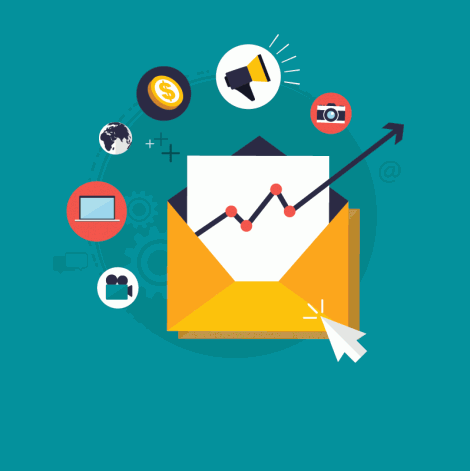Consider this scenario: A consumer browses a retailer’s website, adds a few products to the shopping cart, and then navigates offsite before completing the transaction. Rather than going through the check-out process, the customer purposely abandons the cart in the hope that they will soon receive an email urging them to complete the purchase in exchange for an incentive offer. Sure enough, a triggered email message is sent offering the customer a discount—10 percent off or free shipping—as an incentive to return to the site and complete the transaction. The customer happily clicks through to their cart and proceeds with checkout.
Does this sound familiar?
Consumers have grown accustomed to triggered emails such as those responding to an abandoned cart. They’ve altered their shopping behaviors based on learning to expect an email containing an added incentive to buy. These triggers drive incremental revenue that otherwise might be lost, but they come with a margin hit due to the associated incentives. Reactive triggers are not enough to turn would-be customers into loyal ones, because even the most loyal customers know how to game the system. It’s time for marketers to get smarter about trigger emails.
Automated triggers are intended to move customers through the purchase cycle, but some customers take advantage of this fact, and that means simplistic trigger emails are becoming less effective at driving profitable customer relationships. The solution is intelligent triggers that take automated messaging to the next level by getting into the psychology of customer behavior. Here are three steps to making triggers smarter:
- Segment Customers who Game the System. For triggers to be effective, marketers need to understand how consumers respond to them. By analyzing past purchase behavior in terms of frequency and recency, retailers can identify the customers who may take advantage of a discount on every transaction. Segmenting these customers from those who are truly on the fence about a purchase can help marketers tailor reactive triggers that moderate incentive offers.
- Continually Check and Analyze Triggers. Triggered messages generally produce positive ROI, since they require limited resources to maintain once set up. However, performance measurement and tracking against KPIs is essential to ensuring that they are doing their job. For example, sending incentive offers to loyal customers who would have purchased anyway is not an effective strategy for driving long-term profitability, nor is missing an opportunity to incentivize a new customer to make a purchase. Marketers need to know which campaigns work; frequent and routine analysis of email performance does just that. Think of this as a proactive step, since the research can also help marketers develop future campaigns.
- Play the Psychologist. Customers who learn they can receive an incentive offer every time they abandon a shopping cart will become conditioned to do so every time they shop. By understanding this behavior, rules can be set to reduce or eliminate the incentive if they abandon the cart again during a set time period. Incorporating intelligence into triggers adds relevancy, timeliness, and optimization of revenue, along with the potential for profit.
When retailers truly understand their customers, they can market to them in the most effective ways possible, and this includes making triggered messaging smarter. Sending customers the right messages, offers, and calls to action at the right times drives sales and profits, and nurtures customer loyalty.

